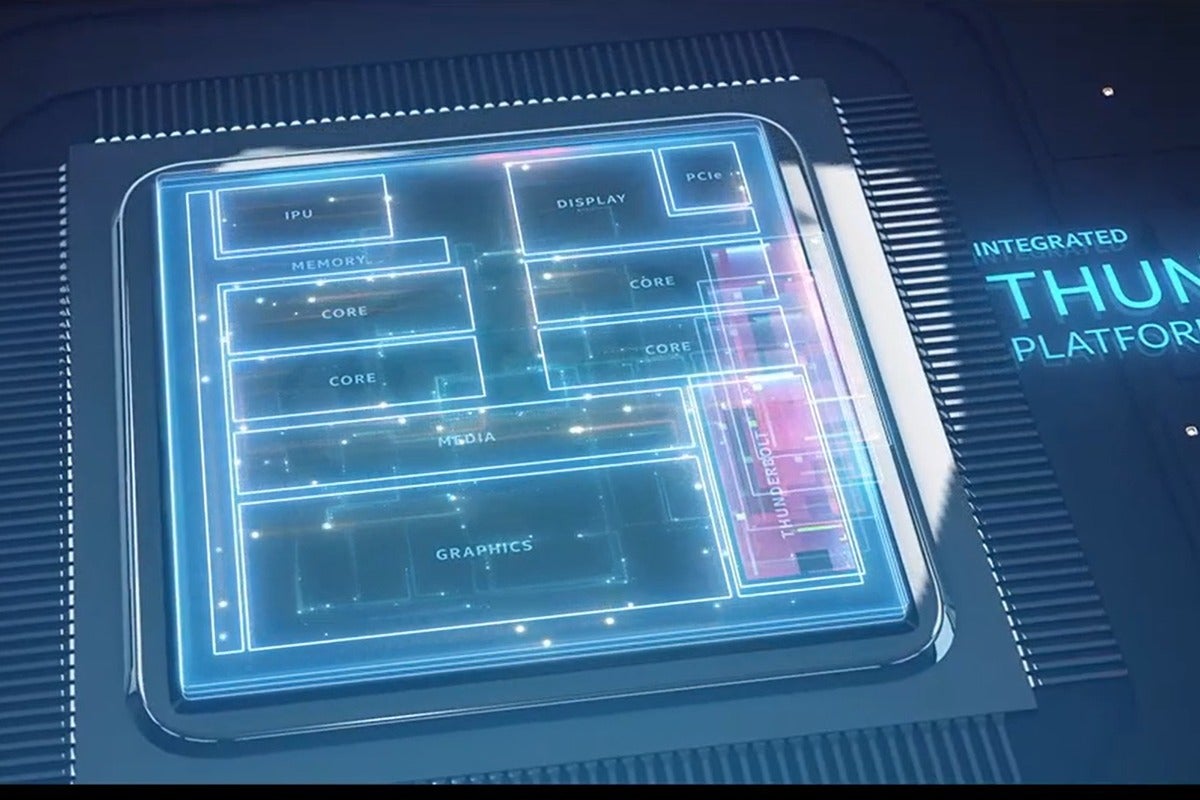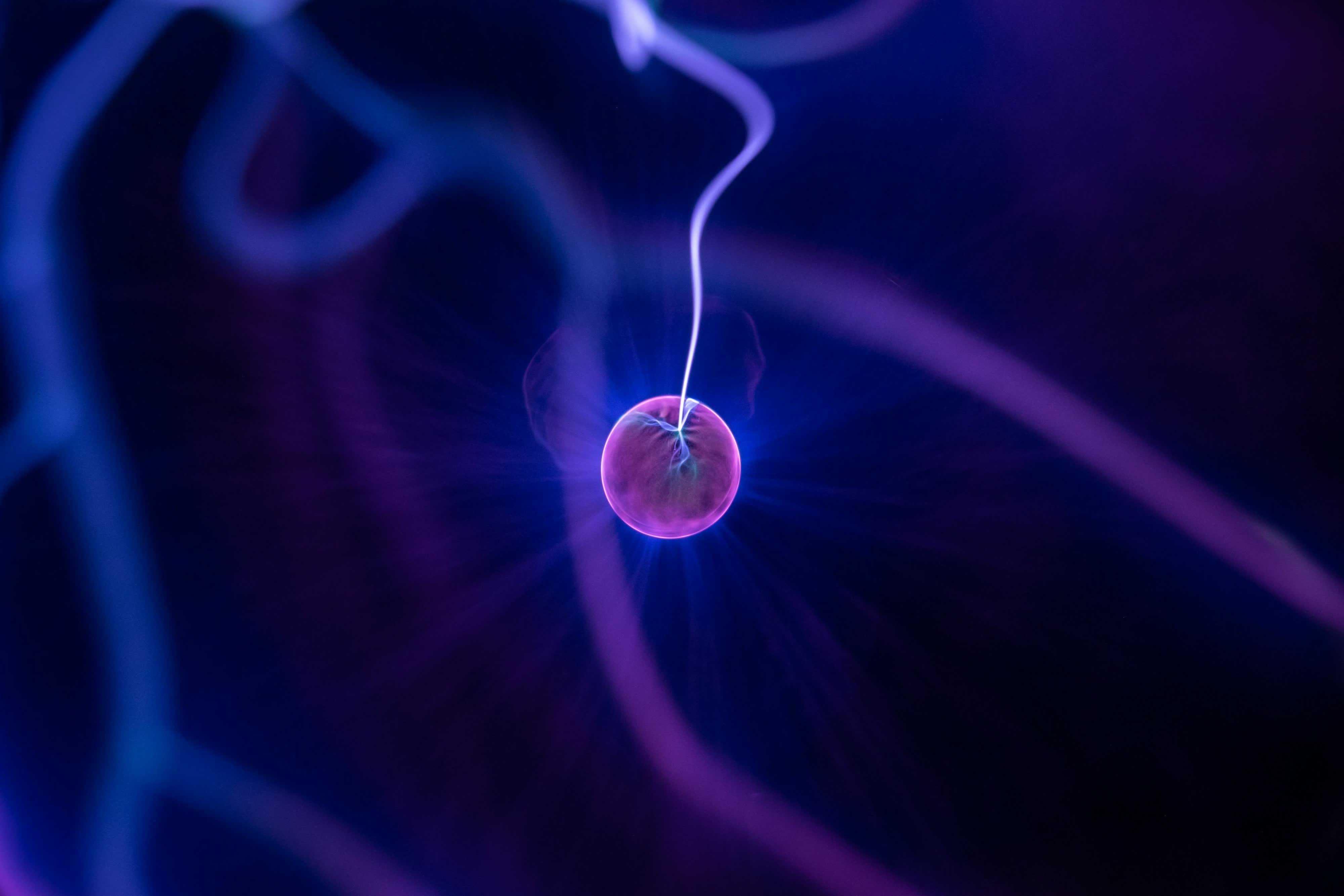Now that Intel’s finally announced its new Tiger Lake CPU for laptops Thursday morning, we can finally start making the odds on which chip will win: 11th-gen Tiger Lake or AMD Ryzen 4000.
Sure, we know laptops based on the Tiger Lake CPU aren’t even out yet (wait for a rollout on September 2), and there are far more Ryzen 4000 laptops coming too, but that’s never stopped the media from speculating. In our case, we’ll make the best educated guesses we can based on what we know. Here’s how the competition seems to be shaking out:
The challenger: Tiger Lake
Intel is playing its Tiger Lake cards pretty close to its chest, so there still isn’t a lot on the table. What we know officially is that the 11th-gen Tiger Lake CPU is built on a 10nm process, using SuperFin technology that primarily addresses one of the shortcomings of the original 10th-gen Ice Lake chip: relatively limited clock speeds.
While the 10th-gen Ice Lake chips were more power-efficient than the older (and confusingly named) 10th-gen Comet Lake CPUs, the top speed of the best 15-watt part, the Core i7-1065G7, was 3.9GHz with a 1.3GHz base clock.
Intel also has a higher wattage Core i7-1068NG7 (exclusive to Apple products, including the 2020 13-inch Apple MacBook Pro) that runs at 28 watts with a turbo clock of 4.1GHz and a base clock of 2.3GHz. Both are quad-core chips with Hyper-Threading and Iris Plus / Gen 11 graphics running at the same clock speed.
Tiger Lake should easily make the 10th-gen chips irrelevant from a performance point of view thanks to the improved transistors. While no clock speeds were stated, you can see from the information Intel released Thursday that the Willow Cove cores in the new Tiger Lake chips will reach close to 5GHz, while the fastest Sunny Cove cores in Ice Lake ran out of gas at 4.1GHz.
Higher clock speeds at higher power draws is easy, but Intel said it’s also getting more efficiency across the board. That means Tiger Lake should actually run at higher clock speeds while using less power. All told, it looks like a pretty decent part.
Intel also greatly beefed up the graphics with Xe LP, a redesigned core that should offer nearly double the performance of 10th-gen Ice lake’s graphics. In fact, Intel claims the 11th-gen Tiger Lake chip running at 15 watts will outperform a 10th-gen Ice Lake chip running at 28 watts.
The defending champ: Ryzen 4000
AMD’s Ryzen 4000 “Matisse” has reset the laptop landscape unlike any other CPU in years. With 8 cores on a 7nm chip, it holds the high ground for multi-core performance and simply runs far cooler than Intel’s 14nm 10th-gen Comet Lake H chips. It also dances all over Intel’s 10nm, 10th-gen Ice Lake chips. The reasons are the core count, plus the Radeon graphics cores, and the efficiency of TSMC’s 7nm process. But the proof’s in the products, and we’ve been impressed with the premium-class performance delivered by budget-class laptops like the Acer Swift 3 and HP Envy x360 13. Sorry Intel fans, there’s a new champion.
11th-gen Tiger Lake U vs. Ryzen 4000 U
We’ll give our forecast based on three metrics that matter in small laptops: Multi-core performance, single-core performance, and graphics or gaming performance.
Multi-core performance
We think if the rumors are true that Tiger Lake U will indeed “only” be a quad-core chip, AMD’s Ryzen 4000 U will easily have the edge. The simple math is 8 cores are more than 4, and we’ve yet to see that fundamental rule challenged.
Intel’s Tiger Lake U might surprise us with its high clocks, though. If it can sustain the clocks, it may close up the distance enough to worry Ryzen 4000 U. Still, we’ll be putting our marker on AMD’s Ryzen 4000 U for this category. Sure, not everyone needs 8 cores for what you do on a tiny laptop, but for those who do, you can’t beat it.
Single-core performance
For the single-core performance that applies to most mainstream applications, Tiger Lake has a chance to punch back. Ryzen 7 4000U is about equal to and sometimes faster than Intel’s 10th-gen Ice Lake U chips, but Intel could regain advantage thanks to the SuperFin and higher clocks in Tiger Lake U.
Intel’s argument is that you don’t need all of those cores in a tiny 13-inch laptop. Instead, you want higher boost clocks to give you the most responsive feel in most of the mainstream apps people use on tiny laptops, like Chrome, Office and even Photoshop.
Graphics performance
We suspect that Intel, for once, will be sitting pretty with graphics. Besides upping the execution engines to 96 from 64, Intel has redesigned and optimized the entire Xe LP graphics cores for Tiger Lake laptops. Intel has already seen Ryzen 4000 U and is willing to say that Xe LP graphics in Tiger Lake will offer AAA gaming experience previously unseen laptops in this form factor.
We know Intel lawyers, and they wouldn’t let the company say that unless it was true. While there are a lot of caveats to the statement, we think Tiger Lake U gaming performance will be all about Intel—for once.
The ringer
The ringer in all this is Tiger Lake’s support for LPDDR5/5400 and LPDDR4X/4267 memory. Both of those memory clock speeds exceed Ryzen and Ice Lake’s LPDDR4X/3733 memory support. Because integrated graphics performance relies very heavily on memory bandwidth, Intel should have the advantage there too. It does depend on how easy it is to find laptops that support the higher-clocked RAM, but we’d guess the first laptops to come will feature it.
Conclusion
With Tiger Lake winning two of the three categories, we’re going to say the odds-on favorite for the matchup this year will be Tiger Lake U. There are some exceptions. If you indeed need an 8-core powerhouse in a sub-three-pound laptop, your only choice will have the AMD logo on it. But for those who want a laptop for general use, Tiger Lake U’s advantage in single-threaded performance will prevail, and it should have an edge in graphics performance, too.


















